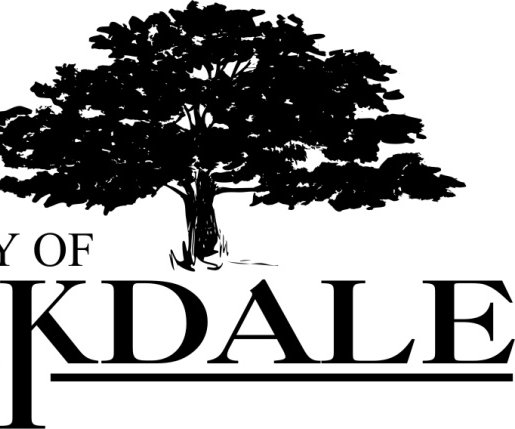California Coastal Cleanup –normally held on one day in September but in these unprecedented times extended throughout the month – helped reveal the desire to give back that has built up since shelter-in-place orders went into effect in March.
Over 13,000 Californians took to their neighborhoods during the month, removing over 130,000 pounds of trash from streets, local parks, creeks, and beaches as part of the 36th Annual California Coastal Cleanup. Volunteers reported being concerned about pandemic related trash in their neighborhoods and beyond and recognized that trash in California can flow easily through stormwater systems to reach the coast and ocean once the rains begin, so cleaning neighborhoods and inland areas is one way of preventing trash from polluting the coast.
The urge to help our environment wasn’t the only thing that was revealed during September. The data volunteers collected also helped shine a light on the impact that the pandemic has had on our environment. Volunteers at over 3,000 cleanup sites tallied trash items by the thousands, providing crucial information on what types of trash have accumulated in the state. The most common items were unsurprising: cigarette butts topped the list as they do every year, followed by food wrappers, bottle caps, and plastic bottles, items of food and beverage packaging that make up the largest category of Coastal Cleanup data every year. However, plastic grocery bags, which had been falling steadily in the data set since 2010 – to the point where they were not in the top 10 – saw an uptick this year to the sixth most commonly found item, an indication that the pandemic and the state’s temporary pause on the statewide plastic bag ban had a significant impact on our environment.
Another new addition to the lineup of commonly found items was Personal Protective Equipment. Volunteers in California removed over 6,000 disposable gloves and masks during their cleanups, items that had previously not been reported in significant numbers. These items added a new plastic burden to natural areas already inundated with trash as people sought outdoor areas in which to recreate and relax while physically distancing.
“California was awash in single-use disposable plastics even before COVID-19 hit,” said Eben Schwartz, Marine Debris Program Manager of the California Coastal Commission. “The data we gathered really helps tell the story of what has been happening to our state since this began, and the increases in plastic bag litter and PPE are part of that story. I’m proud and grateful that so many Californians answered the call to help clean up before that trash had a chance to become ocean pollution.”
The Commission continues to highlight the damage that trash can cause to California’s wildlife, economy, and even human health. Eight of the top 10 items volunteers removed this past September were single-use, disposable plastic – a material that never completely biodegrades and has numerous harmful consequences in the environment. Plastic pollution can kill wildlife, leach toxins into the environment, and even introduce them into the food chain. Since up to 80 percent of the trash on the California coast originates on land, volunteers across the state helped prevent enormous amounts of trash from ever reaching the ocean, no matter where they participated.
If you participated in the Cleanup, go to www.coastalcleanupday.org to fill out the Coastal Cleanup Survey to be entered into a drawing for prizes. To stay involved with the cleanup efforts throughout the year, visit the Adopt-A-Beach page on the same website or send an email to: coast4u@coastal.ca.gov.
California Coastal Cleanup Day 2020 was presented by the California Coastal Commission with lead sponsorship from Crystal Geyser Natural Alpine Spring Water by CG Roxane. Additional support came from Oracle, Green Polly, the Whale Tail Specialty License Plate, and the Protect our Coast and Oceans Fund. The artwork was created and generously donated by Mekanism.
California Coastal Cleanup Day is supported by the California Coastal Commission, California State Parks Foundation, and Ocean Conservancy. This event is made possible by the hard work of hundreds of local non-profits and government agencies throughout the state and tens of thousands of volunteers annually.
The Commission is committed to protecting and enhancing California’s coast and ocean for present and future generations. It does so through careful planning and regulation of environmentally sustainable development, strong public participation, education, and effective intergovernmental coordination. The Coastal Cleanup Day Program is part of its effort to raise public awareness of marine and coastal resources and promote coastal stewardship.





